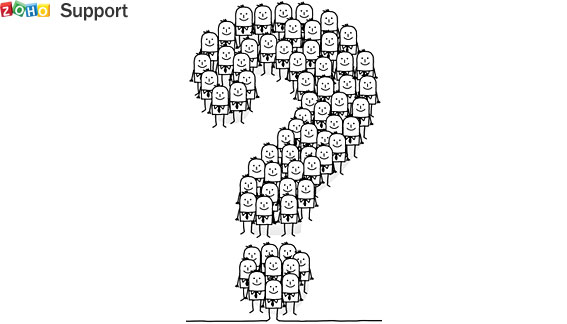Businesses come in various shapes and sizes. Some can generate a lot of new business with a small sales team, but will need a much bigger customer happiness team to support customers. Other businesses might need a large sales to scale new business quickly and can do with a small team for customer support.
Either way, an interesting metric to look at is the ratio of support reps to sales reps in any business. It allows a bird’s eye look at whether a business is sales-intensive or service-intensive. So, that’s the question we’re asking on our poll this week: What’s the ratio of support reps to sales reps in your business?
One support rep for many sales reps
Typically, this is for businesses where sales is driven by a lot of human interactions and post-sales support is only for a small set of issues. For example, businesses that sell simple-but-indispensable products can thrive on this model. The larger sales team enables them to reach more customers and sell more volume. The small-yet-efficient support team can handle the finite bunch of possible issues and resolve tickets quickly.
One sales rep for many support reps
Companies that operate in the B2B space can function on this model. Selling to other businesses means deal sizes are substantial and sales can be handled by a relatively smaller team. On the other hand, they’ll need a fairly sizable customer support team to handle the support load. For products that offer extensive customization, the effort required in post-sales support could be far higher than what’s required of the sales team itself.
It’s also possible that there’s a third case where the ratio is at 1:1. But that’s not as common as the other two. Most businesses are likely to have (at least!) a slight skew in the ratio.
We’re curious to see how the ratios are distributed across all of your businesses. If you have a specific rationale for the ratio in your business, do tell us about it in the comments section below.

Comments